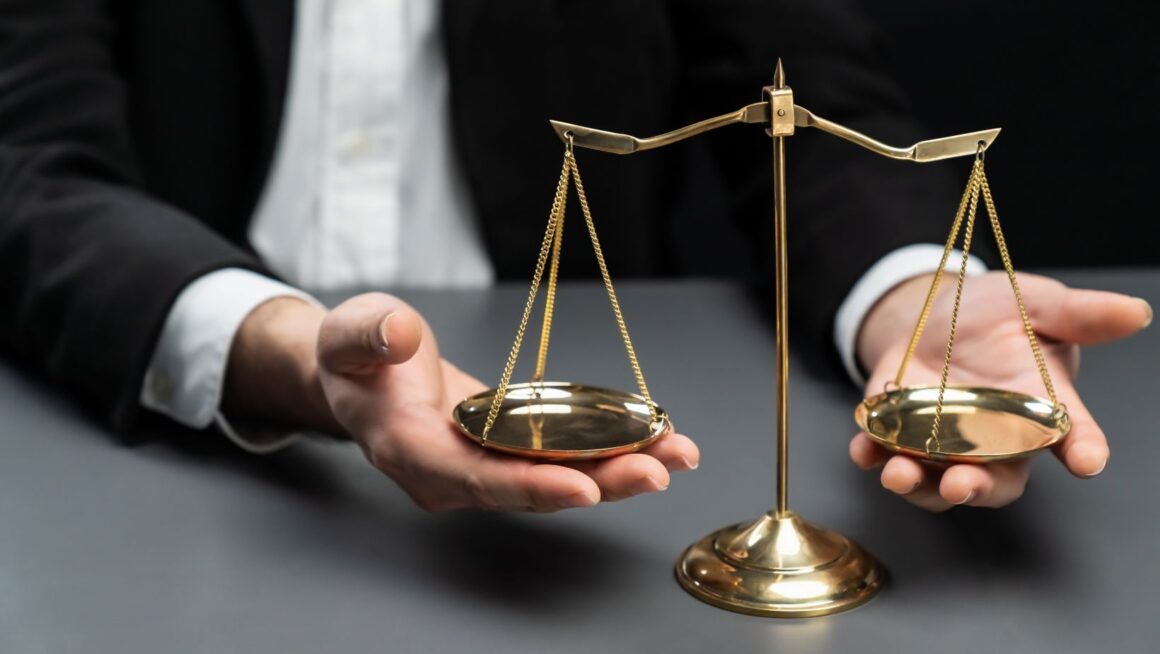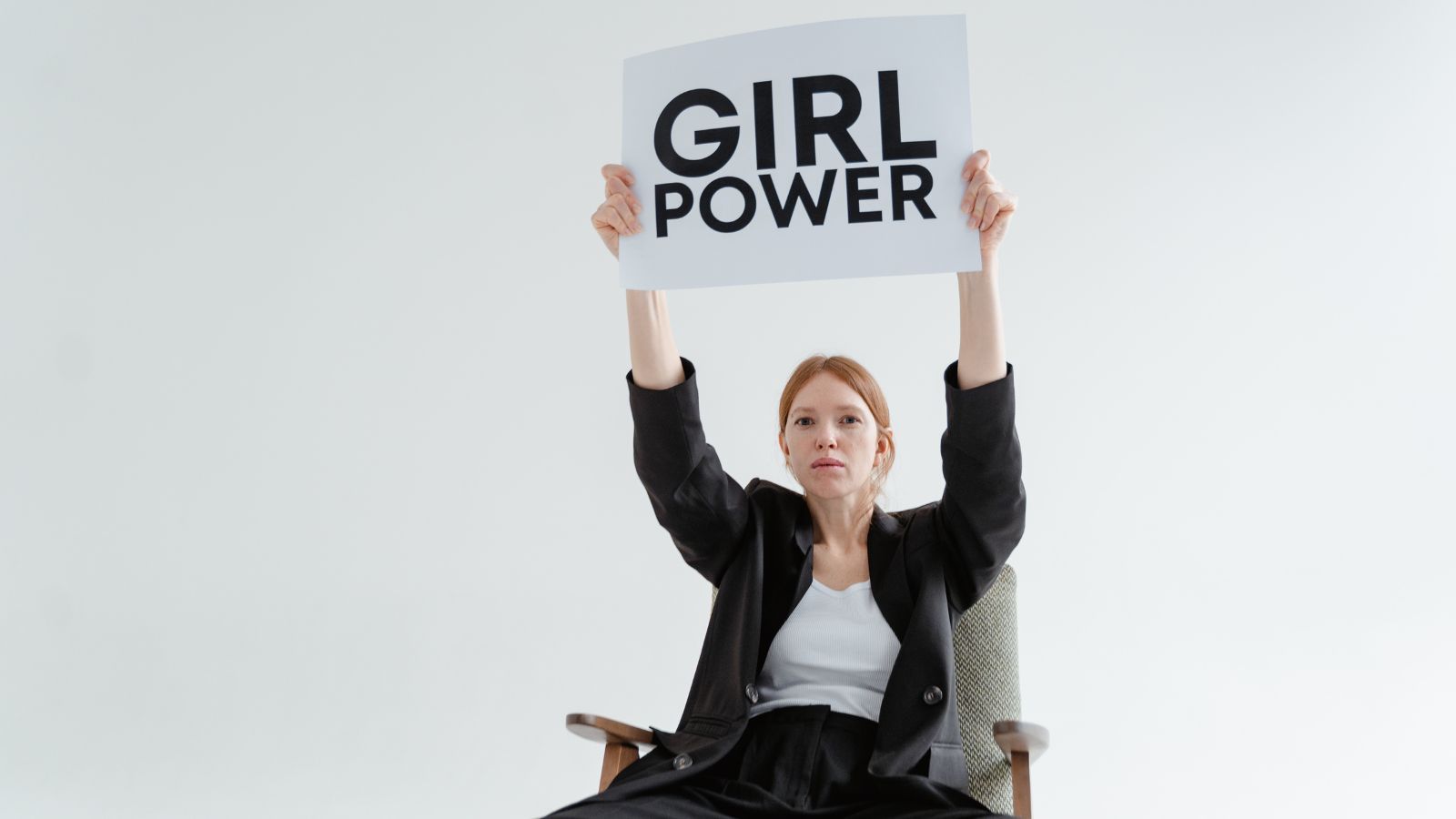Slip and fall accidents are a common occurrence in everyday life, often leading to serious injuries and substantial financial burdens. These incidents fall under the broader category of premises liability law, which holds property owners and occupiers responsible for maintaining a safe environment. In modern society, slip and fall law has evolved to address the complexities of urban living, diverse property types, and the heightened expectations for safety standards. This article delves into the nuances of slip and fall law, examining its foundations, key elements, and contemporary challenges.
Table of Contents
ToggleUnderstanding Slip & Fall Law
Slip and fall law is a subset of personal injury law focused on incidents where an individual slips, trips, or falls on someone else’s property. The law is designed to determine liability and ensure that victims are compensated for their injuries. The key premise is that property owners owe a duty of care to those who enter their premises, whether they are customers, visitors, or even trespassers under certain conditions. This duty includes regularly inspecting the property, promptly addressing hazards, and providing adequate warnings of potential dangers.
Historical Evolution of Premises Liability
The origins of premises liability law can be traced back to English common law, where the status of the visitor (invitee, licensee, or trespasser) played a significant role in determining the property owner’s liability. Over time, this rigid classification has evolved in modern jurisdictions to focus more on the foreseeability of harm and the reasonableness of the property owner’s actions. This shift reflects a broader trend in tort law towards a more nuanced and equitable approach to liability.
Key Elements of a Slip & Fall Case
To succeed in a slip and fall case, the plaintiff must typically prove four key elements: duty, breach, causation, and damages. First, the plaintiff must establish that the property owner owed them a duty of care. Second, they must show that the owner breached this duty by failing to address a hazardous condition. Third, the plaintiff must prove that this breach directly caused their injury. Lastly, they need to demonstrate that they suffered actual damages, such as medical expenses, lost wages, or pain and suffering.
Common Defenses in Slip & Fall Cases
Property owners have several defenses available to them in slip and fall cases. One common defense is arguing that the hazard was open and obvious, meaning a reasonable person would have seen and avoided it. Another defense is comparative negligence, where the property owner claims that the plaintiff’s own negligence contributed to the accident. Additionally, owners may argue that they had no reasonable opportunity to discover or remedy the hazard before the incident occurred.
The Role of Comparative Negligence
Comparative negligence is a legal doctrine that can significantly impact slip and fall cases. In jurisdictions that follow comparative negligence rules, the plaintiff’s compensation may be reduced by their percentage of fault.

For instance, if a plaintiff is found to be 20% at fault for not paying attention to where they were walking, their total damages awarded would be reduced by 20%. This approach promotes fairness by ensuring that both parties are held accountable for their respective contributions to the accident.
Modern Challenges in Slip & Fall Law
The rise of urbanization and the increasing complexity of modern properties present new challenges for slip and fall law. Multi-use buildings, public spaces, and the integration of new technologies like surveillance cameras and smart sensors complicate the determination of liability. Furthermore, the advent of social media has added a layer of complexity, as claimants’ activities before and after the accident can be scrutinized and used as evidence in court. These factors necessitate a more sophisticated approach to investigating and litigating slip and fall cases.
The Impact of Building Codes and Safety Regulations
Building codes and safety regulations play a crucial role in preventing slip and fall accidents. These regulations set standards for construction, maintenance, and the design of walking surfaces, handrails, lighting, and other elements that impact safety. Compliance with these codes can serve as evidence of a property owner’s commitment to maintaining a safe environment.

Conversely, violations of these codes can strengthen a plaintiff’s case by demonstrating negligence. As codes evolve to incorporate new safety research and technology, property owners must stay informed and compliant to mitigate liability risks.
Legal Representation and Its Importance
Navigating the complexities of slip and fall law requires skilled legal representation. Personal injury attorneys specializing in premises liability can provide invaluable assistance in gathering evidence, negotiating settlements, and representing clients in court. They understand the intricacies of the law and can effectively counter the defenses raised by property owners. Moreover, experienced attorneys can help clients understand their rights and the potential value of their claims, ensuring they receive fair compensation for their injuries.
Conclusion
Slip and fall law is a vital aspect of personal injury law that protects individuals who suffer injuries on someone else’s property. It encompasses a wide range of legal principles, from historical classifications to modern challenges posed by urbanization and technological advancements. Understanding the key elements of a slip and fall case, common defenses, and the role of comparative negligence is essential for both plaintiffs and property owners. As society continues to evolve, so too must the legal frameworks that ensure safety and accountability in our shared environments. Legal representation remains crucial in navigating this complex landscape, helping injured parties secure the compensation they deserve.



